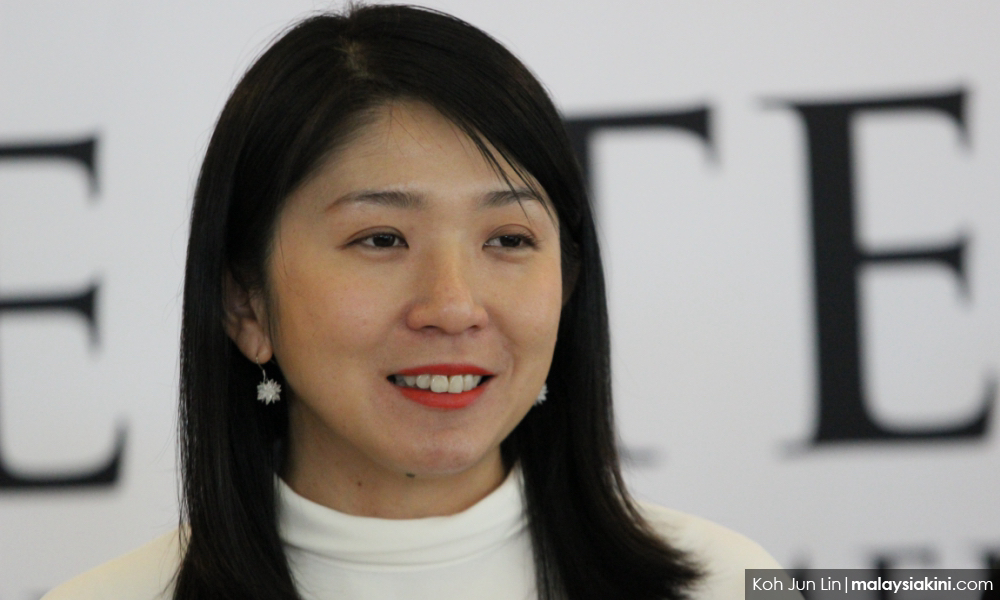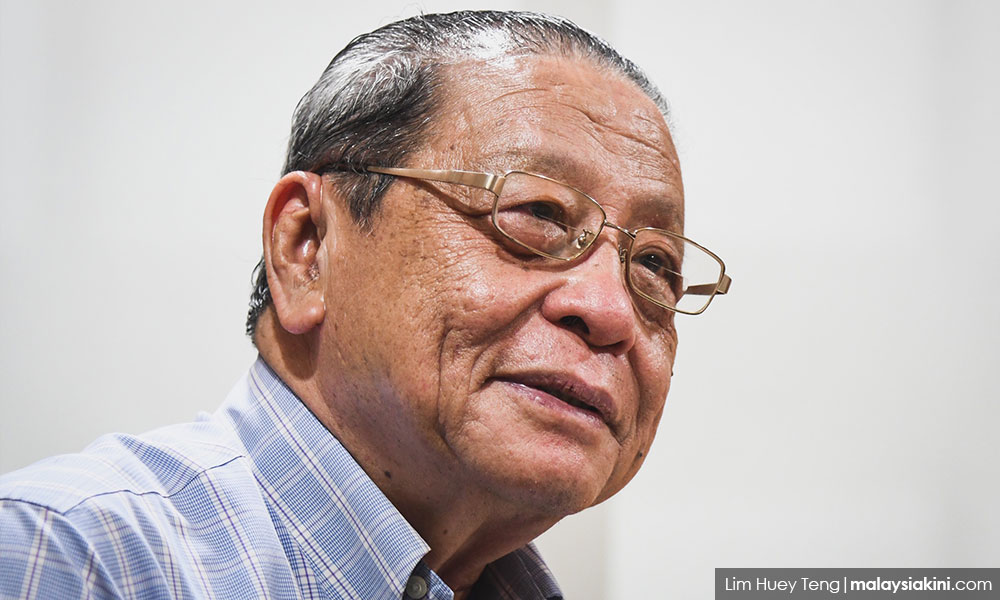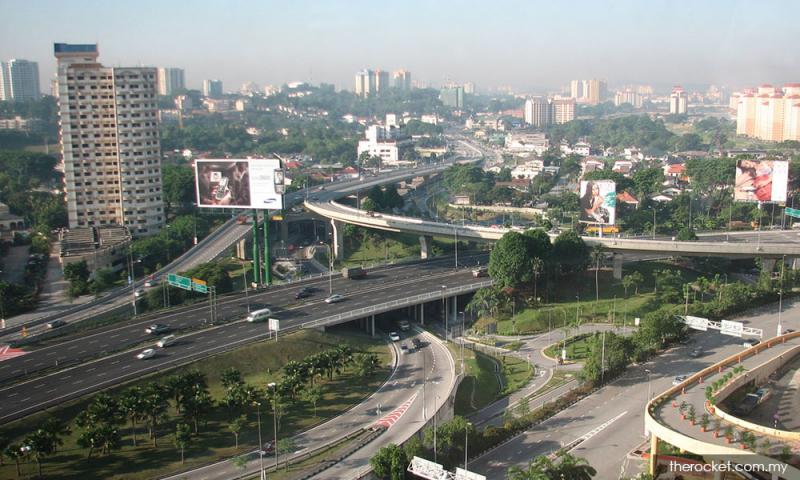An irony: No to Kidex but yes to PIL1
COMMENT | On June 9, 2014, Yeo Bee Yin, who was then a state assemblyperson in Selangor, wrote in the Rocket (DAP's party organ) that if Kidex (the Kinrara-Damansara Expressway) was to be built it would cost RM2.4 billion or RM161 million per km making it by far the most expensive highway in Malaysia.
According to the data provided, the most expensive highway then was the RM751 million Ampang-KL Elevated highway - or at RM95 million per km. The DAP and Yeo were dead against the Kidex because “it cuts across mature township incurring the highest construction cost per km.”
They continued that “it warrants close scrutiny and greater transparency and must show to the people that the benefits of Kidex outweigh the cost with no better option (such as public transport) before making the final decision...”
These are all laudatory words and it was indeed the people’s objections and power that stopped the Kidex project and saved Petaling Jaya from disfiguration. If the DAP had contributed anything to this people’s victory, then syabas to them.
Fast forward to 2018. On Sept 20, 2018, Yeo Bee Yin, now minister-in-charge of environment, among other things, attended a town hall meeting in Penang with over 800 people packed to full capacity in a convention hall in the Spice building.

She was attending a presentation by the consultants on the Detailed Environmental Impact Assessment (DEIA) report for the Pan Island Link 1 (PIL1) project and also to listen to public feedback on the DEIA report.
At the event, Penang Forum submitted detailed feedback regarding their concerns over the PIL1 and also over 2,000 individual letters on the DEIA to minister Yeo.
Near the end of the event, before she left, the minister said that we must balance development with the environment and a hard decision had to be made. Instead of reassuring the crowd that decisions will be made on the basis of facts and evidence, i.e. evidence-based policy, she referred to Dr Mahathir Mohamad’s advice that the best decision is one that pleases no one. She also assured the crowd that she believes no one involved is on the take.
Penang Forum did not receive any feedback from the Department of Environment for six months. When Penang Forum wrote to inquire, it received a brief note on March 22 this year that the project was under review.
Three weeks later, on April 14, it was announced in the newspapers that the PIL1 project had received conditional approval with 56 conditions attached. There was simply no public engagement for this process. Now the public is in the dark about what those 56 conditions are.
In 2014, DAP and Yeo asked for transparency. Now that they are in a position of power to make and implement those decisions so they must practice what they preached. At the very least, the 56 conditions must be made public.
What do other DAP power brokers have to say about the PIL1? Today, all the DAP leaders sing praises about the need for PIL1 when they are in power. Politicians have a short memory or deliberately so. So let us then refresh their memory.

On May 29, 2012, Chow Kon Yeow, who was then an opposition member of Parliament said, “If the findings of the Halcrow Report are true, Koh (Tsu Koon) would be irresponsible in pushing the PORR through as this will not be a long-term solution to traffic congestion on the island.”
This was underscored by Lim Kit Siang on May 28, 2002. He said, “The nightmare of Penang traffic congestion is likely to be back to square one, not in eight years but probably less than five years, after the completion of PORR... what Penang needs is an efficient public transport system based on sustainable transport policy, as PORR is not a medium-term let alone long-term solution to the traffic congestion nightmare on the island.”
PORR, the Penang Outer Ring Road, was the precursor to PIL1. It shares almost the same alignment except that PIL1 is longer than PORR. Just as the Halcrow consultants warned that the PORR will not solve traffic congestion after five to eight years, the consultants for the PIL1 DEIA report gave the same warning.
They said the level of service will be back to congestion seven years after completion of the PIL1.
So why are these politicians who are now in positions of power reneging on their earlier positions? Why are they not walking the talk? Why are they not making decisions based on evidence and sound advice?
This is supposed to be a new government that heralds new hope. We need to hold them accountable.
LIM MAH HUI is a former professor, banker and Penang city councillor.
The views expressed here are those of the author/contributor and do not necessarily represent the views of Malaysiakini.
RM12.50 / month
- Unlimited access to award-winning journalism
- Comment and share your opinions on all our articles
- Gift interesting stories to your friends
- Tax deductable
